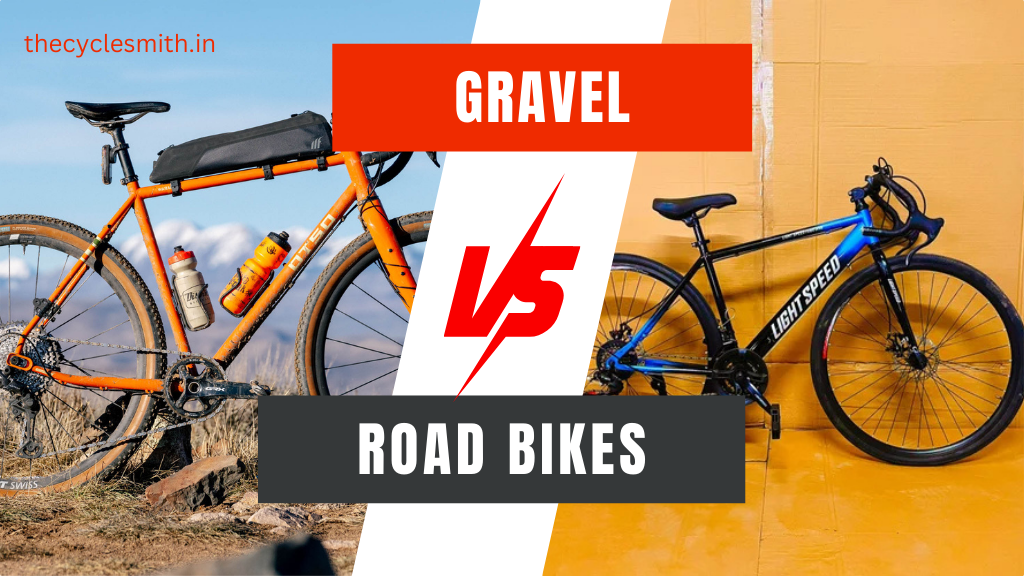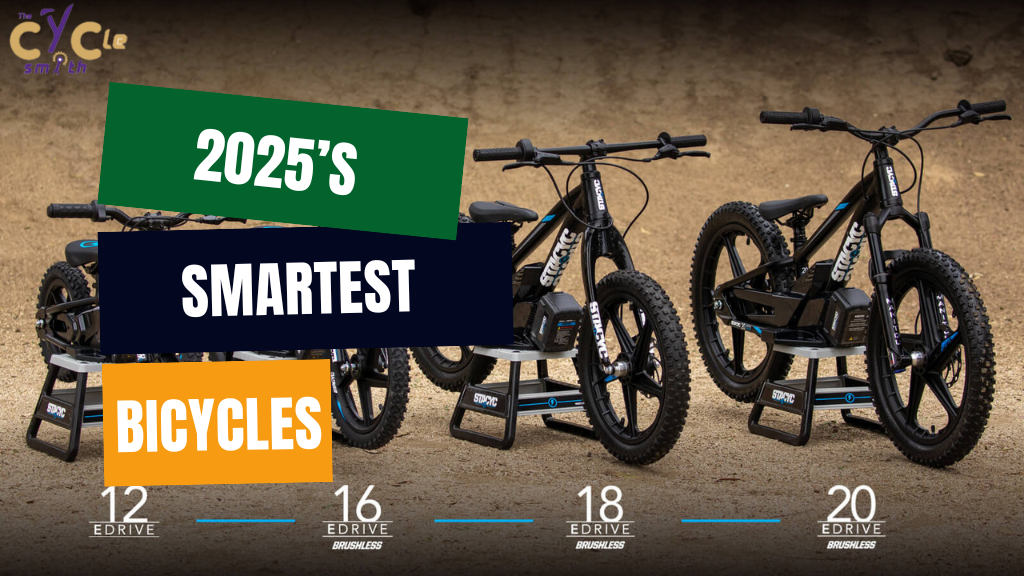Finding the right bike size is essential for a comfortable and efficient riding experience. Whether you’re a seasoned cyclist or just starting out, proper bike sizing is crucial to prevent discomfort, muscle strain, and even injury. In this comprehensive guide, we’ll explore the key factors to consider when sizing a bike, from frame size and geometry to component adjustments. With these bike sizing tips, you’ll be able to choose the perfect bike that suits your height, flexibility, and riding style.
Frame Size: The Foundation of a Proper Fit
The first step in finding the right bike size is determining the appropriate frame size. Frame size plays a significant role in your riding comfort and overall bike fit. To measure your frame size accurately, you’ll need to consider your height and inseam measurement.
Measuring Your Inseam
The inseam measurement is the distance from the crotch to the floor while wearing cycling shoes. It helps determine the ideal standover height, which is the clearance between the top tube and your body when straddling the bike.
To measure your inseam, follow these steps:
- Stand barefoot against a wall with your legs slightly apart.
- Place a book between your legs, snug against your crotch.
- Measure the distance from the top of the book to the floor.
Choosing the Right Frame Size
Once you have your inseam measurement, you can use it to find the appropriate frame size using a bike manufacturer’s size chart. Different types of bikes may have different sizing systems, so it’s essential to consult the specific sizing chart for the bike you’re interested in.
Frame Geometry: Finding Your Riding Position
Apart from frame size, frame geometry also plays a crucial role in determining your riding position. The frame geometry dictates the body position of the rider, influencing comfort and performance. Understanding the different types of frame geometries will help you find the right fit for your intended riding style.
- Recreational Bikes: These bikes are designed for comfort, with an upright riding position. They are ideal for leisurely rides and commuting.
- Road Bikes: Road bikes have a more aggressive, aerodynamic riding position to maximize speed and efficiency. They are suitable for long-distance riding and racing.
- Mountain Bikes: Mountain bikes are built for off-road adventures, with a more upright riding position for better control and maneuverability on rough terrains.
- Hybrid Bikes: Hybrid bikes combine features of both road and mountain bikes, offering a versatile riding position suitable for various terrains.
Bike Fit: Achieving the Perfect Riding Position
While frame size and geometry are essential, a proper bike fit goes beyond these factors. Getting a professional bike fitting can ensure optimal comfort, power, and efficiency during your rides. A bike fitter will make precise adjustments to the seat position, handlebar height, and other components to suit your proportions, range of motion, and riding style.
The Importance of a Professional Bike Fitting
A professional bike fitting is a worthwhile investment for any cyclist, especially if you ride regularly or experience discomfort while riding. A skilled bike fitter will consider factors such as weight distribution, power transfer, and injury prevention to optimize your riding position.
When seeking a bike fitting, consider the following:
- Experience: Look for a fitter with extensive experience in bike fitting. Ask about their specialties and how they utilize their expertise to ensure a proper fit.
- Fit System: Different fitters may use various fit systems, such as Retül, SICI, or Guru. While the fit system is important, the fitter’s experience and expertise matter more than the specific methodology.
- Interview Potential Fitters: Before committing to a bike fitting, interview potential fitters to gauge their knowledge and approach. Ask about their experience, specialties, and philosophy to ensure they align with your needs and goals.
Remember, a bad fit experience may not reflect the methodology but rather the fitter’s skill. Finding the right fit for your body and riding style is a collaborative process between you and the fitter.
Making Adjustments for Comfort
Even if you have the correct frame size and a professional bike fitting, there are still adjustments you can make to enhance your comfort on the bike. These simple tweaks can alleviate discomfort and ensure a more enjoyable riding experience.
Seat Height and Angle
The seat height is a crucial adjustment that affects both comfort and pedaling efficiency. To find the optimal seat height:
- Sit on the bike with your feet on the pedals at the 3 o’clock and 9 o’clock positions.
- Adjust the seat height so that your leg is almost fully extended with a slight bend in the knee.
- Ensure that your hips remain stable and don’t rock side to side while pedaling.
Additionally, you can adjust the seat angle to suit your preference. Some riders prefer a level seat, while others prefer a slight tilt forward or backward. Experiment with different angles to find the most comfortable position for you.
Handlebar Position
The handlebar position also plays a significant role in your riding comfort. Adjusting the handlebar height and reach can alleviate strain on your back, shoulders, and neck.
- Handlebar Height: If you experience discomfort in your neck, shoulders, or lower back, raising or lowering the handlebars can help. A higher handlebar position promotes a more relaxed, upright riding posture, while a lower position facilitates a more aerodynamic position.
- Handlebar Reach: The reach refers to the distance between the saddle and the handlebars. If you feel too stretched out or cramped, you can adjust the reach by changing the stem length or handlebar position. A professional bike fitter can help you find the optimal reach for your body proportions.
Cleat Positioning
If you use clipless pedals, the positioning of your cleats on your cycling shoes is crucial for comfort and efficiency. Correct cleat placement ensures proper power transfer and reduces the risk of discomfort and injuries.
- Fore-Aft Position: The fore-aft position of the cleats determines the alignment of your feet on the pedals. Position the cleats so that the ball of your foot is directly over the pedal spindle. This allows for efficient power transfer and reduces strain on your knees.
- Lateral Position: The lateral position refers to the side-to-side placement of the cleats. It should align with the natural angle of your feet. Ensure that your cleats are not positioned too far inward or outward, as this can lead to discomfort and inefficient pedaling.
If you’re unsure about cleat positioning, consult a bike fitter or a knowledgeable cycling professional to ensure proper alignment.
Tire Selection and Pressure: Enhancing Comfort and Performance
Tires are often overlooked when it comes to bike fit and comfort, but they play a significant role in your riding experience. Choosing the right tire size and pressure can enhance comfort, grip, and efficiency.
Tire Size
The width of your tires can affect your riding comfort and handling. Wider tires provide more cushioning and a smoother ride, as they can absorb road vibrations and uneven surfaces. Narrower tires, on the other hand, offer reduced rolling resistance, allowing for faster speeds on smooth roads.
Consider the following factors when choosing tire size:
- Riding Surface: If you frequently ride on rough or uneven surfaces, wider tires will provide better shock absorption and grip.
- Rider Weight: Heavier riders may benefit from wider tires, as they offer increased stability and support.
- Intended Use: Different types of riding, such as road cycling, mountain biking, or commuting, may require specific tire sizes for optimal performance.
Tire Pressure
Proper tire pressure is crucial for both comfort and performance. Finding the right balance between too-soft and too-hard can greatly impact your ride quality.
- Low Tire Pressure: Lower tire pressure provides a more comfortable ride by increasing the contact area between the tire and the road. This is particularly beneficial for mountain bikers, as it improves grip on rough trails and reduces fatigue.
- High Tire Pressure: Higher tire pressure reduces rolling resistance, allowing for faster speeds on smoother surfaces. However, excessive pressure can lead to a harsh ride quality, transmitting vibrations and impacting comfort.
To determine the optimal tire pressure for your weight and riding conditions, consult the tire manufacturer’s recommendations or seek advice from experienced cyclists or bike professionals.
Conclusion
Finding the right bike size and achieving a proper fit is essential for a comfortable and enjoyable riding experience. By considering frame size, geometry, and making necessary adjustments, you can ensure that your bike fits you perfectly. Additionally, tire selection and pressure play a significant role in enhancing comfort and performance. Remember, a professional bike fitting can provide personalized recommendations and fine-tune your bike fit for optimal comfort, power, and efficiency. So, follow these bike sizing tips, and embark on your rides with confidence, knowing that your bike is perfectly tailored to you. Happy cycling!





